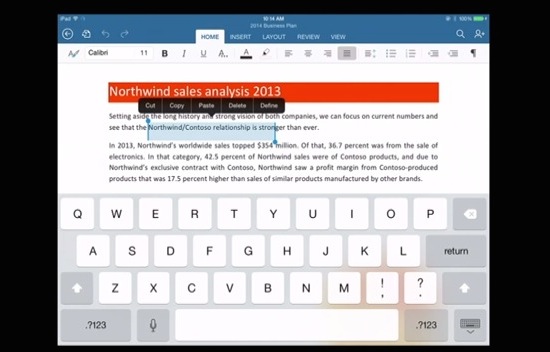


Included are pages that facilitate supported communication techniques, self-advocacy, directing care, and repair of communication breakdowns. Symbols, photographs, visual scenes, videos or words can be used on the message, topic and script pages. “Communication Journey: Aphasia” can easily be adapted for use by people with different types of aphasia and a range of cognitive levels and degrees of severity. The pages were created to facilitate participation in daily activities and to promote social links.Īphasia, a disorder caused by damage to the parts of the brain where language is stored, may affect the ability to comprehend language, to express oneself, to read, or to spell and write. The framework of the file was derived from the Life Participation Approach to Aphasia from the Aphasia Institute in Toronto, Canada. All the participants work at CAYA (Communication Assistance for Youth and Adults) and the GF Strong Rehabilitation Centre in Vancouver, BC, Canada. It was developed by Lois Turner (SLP), Anne MacCallum (SLP) and Sarah Gauthier (SLP Assistant) in consultation with a group of speech-language pathologists who work exclusively with people with aphasia and brain injuries.

“Communication Journey: Aphasia” is a vocabulary file containing features and vocabulary designed to support people with aphasia.


 0 kommentar(er)
0 kommentar(er)
